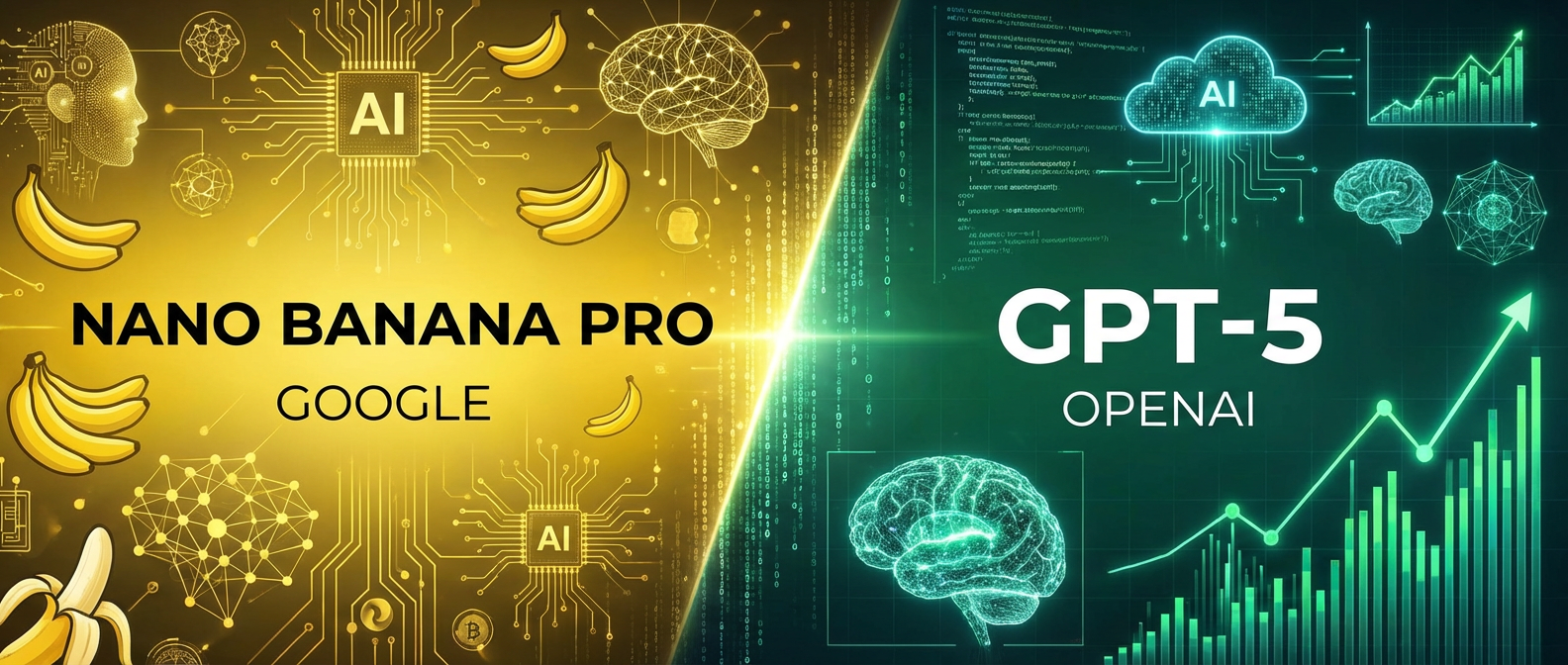Why ChatGPT is Great for Customer Support
ChatGPT chatbots are really good at talking like humans, making conversations with customers smoother and more friendly. They are available all day, every day, giving fast answers to customer questions and cutting down waiting time. These chatbots handle regular support questions, saving money and letting your team focus on more challenging tasks.
ChatGPT AI Chatbots for Better Customer Interactions
ChatGPT chatbots can talk to customers almost like humans do, making conversations feel natural. They work 24/7, giving quick and correct answers, which means customers don't have to wait long. Using these chatbots for everyday questions helps lower costs and lets your team focus on tougher tasks.
How to Start Using ChatGPT API
To use ChatGPT for your customer support, first sign up for API access on OpenAI’s website. This means making an account, choosing a plan, and getting an API key, which lets your app talk to OpenAI’s servers.
The ChatGPT API is easy to use. It has two main parts: /v1/chat/completions and
/v1/chat/edits. The first part lets you send messages and get answers from ChatGPT. The second part lets you send a text to get a changed version based on what you ask for, like making it nicer or adding details.
For more details, check out the full API documentation on OpenAI’s site.
Make Your Customer Support AI Chatbot
Creating an AI chatbot for customer support using the ChatGPT API involves two key steps. Let's break them down:
1. Design Training Prompts
Training prompts are like conversations, where you have a question and its answer. By making a collection of these prompts, you're essentially teaching the ChatGPT how to respond in different situations.
2. Fine-Tune the Model
Fine-tuning means adjusting the OpenAI GPT model to suit your specific needs. You do this by sending your training prompts to the OpenAI API, which helps the model learn how to answer questions in the way you want.
Detailed Steps for Designing Prompts

Identify Key Topics
Start by figuring out what topics your chatbot should know about. These could include product details, how to fix problems, billing questions, and managing accounts.
Look at Existing Support Data
Check out the data from your existing customer support, like emails or chat logs. This will give you a good idea of what customers usually ask about. Use this to make prompts that are relevant and realistic, but remember to remove any personal info to keep things private.
Create Specific Prompts
Based on what you've learned from your existing data, make prompts that cover the range of questions your chatbot might get. Make sure these prompts are clear and represent real-life customer questions.
Write Realistic Responses
For each prompt, write one or more responses that a support person might give. These should be clear, helpful, and match the way your company talks to customers.
Add Variety to Your Data
It's good to have different ways of saying the same thing in your prompts. This helps your chatbot understand and respond to a range of questions. You can rewrite some prompts or use tools to generate different versions.
Make Sure Your Data is Well-Balanced
Your collection of prompts should cover a wide range of topics. Also, divide your data into training, validation, and testing groups. Each group should have a mix of different types of questions.
Check and Improve Your Data
Go over your prompts carefully to make sure they're good quality and make sense. Getting some input from experts or actual customer support staff can be really helpful here.
Steps for Fine-Tuning the GPT Model

Clean Your Data
Before you start, make sure your data is clean and organized. Remove any unnecessary stuff and make sure it's in a format like JSON or CSV.
Train Your Model with OpenAI
After your data is ready, use OpenAI's API to fine-tune your model. Split your data into parts for training, checking, and testing. Choose settings like learning speed, how many examples to use at once, and how many times to go through your data.
Test Your Model
Once you've fine-tuned your model, see how well it does with your test data. Compare its performance with what you were aiming for.
Check the Results
Look at the answers your model comes up with and see where it might need more work. This will help you make your chatbot even better.
Conclusion
By fine-tuning the GPT model with specific data, you can build a chatbot that really fits what your business needs. Following these steps, including preparing your data, fine-tuning your model, and constantly improving it, will help you create a chatbot that can handle customer questions effectively. This leads to better customer support, making customers happier and helping your business stay competitive.
Recommended Articles:
Revolutionizing Customer Support with ChatGPT and Writingmate.ai
Leveraging GPT-4: 10 Powerful Prompts for SaaS Customer Acquisition
Discover the Power of GPT-4 with Writingmate.ai ChatGPT Copilot for Chrome
Written by
Artem Vysotsky
Ex-Staff Engineer at Meta. Building the technical foundation to make AI accessible to everyone.
Reviewed by
Sergey Vysotsky
Ex-Chief Editor / PM at Mosaic. Passionate about making AI accessible and affordable for everyone.



